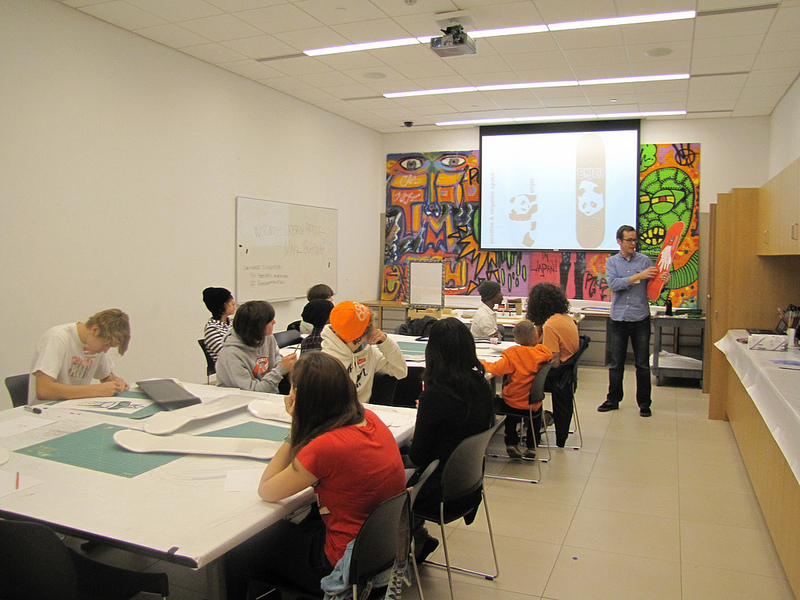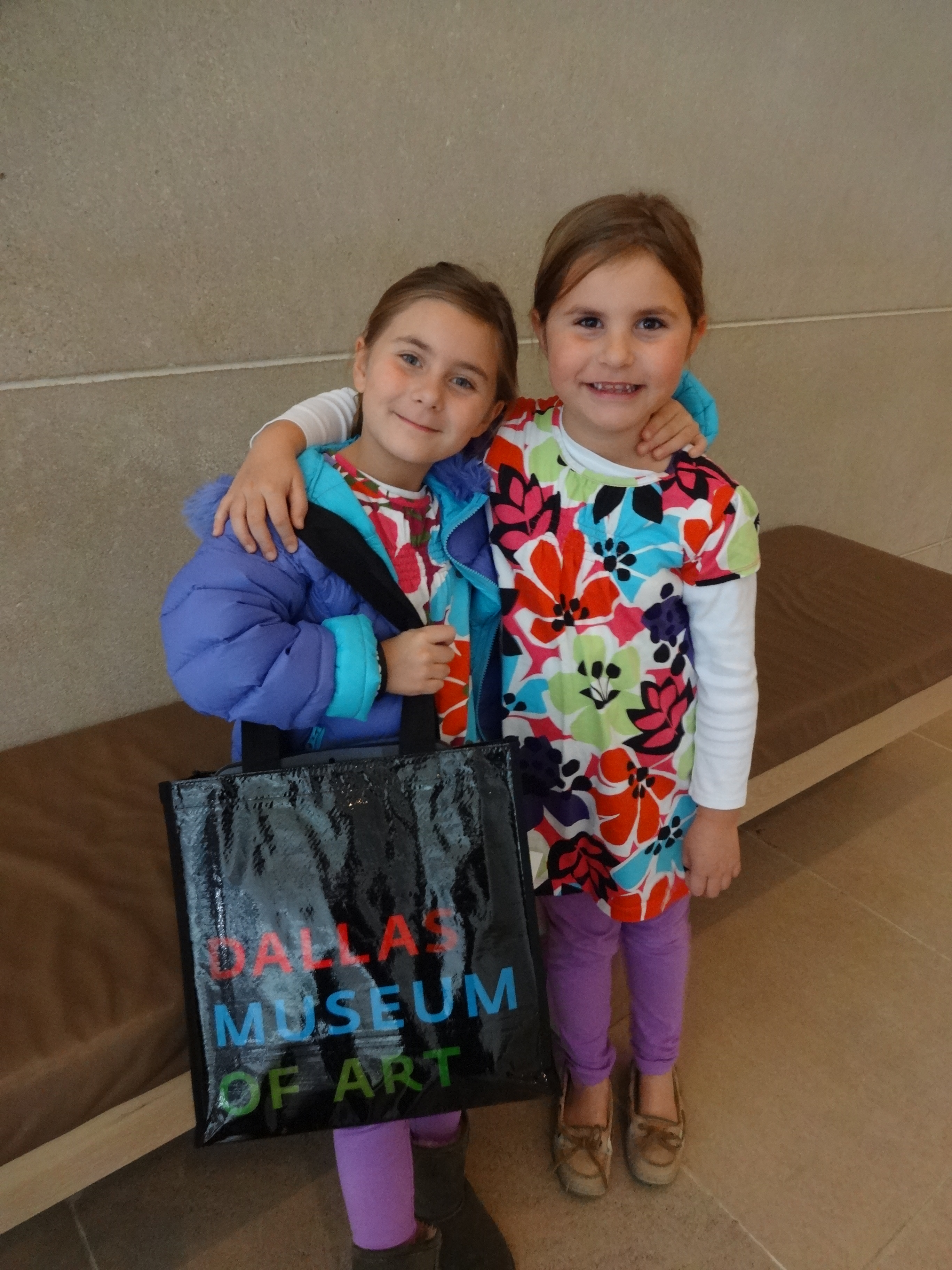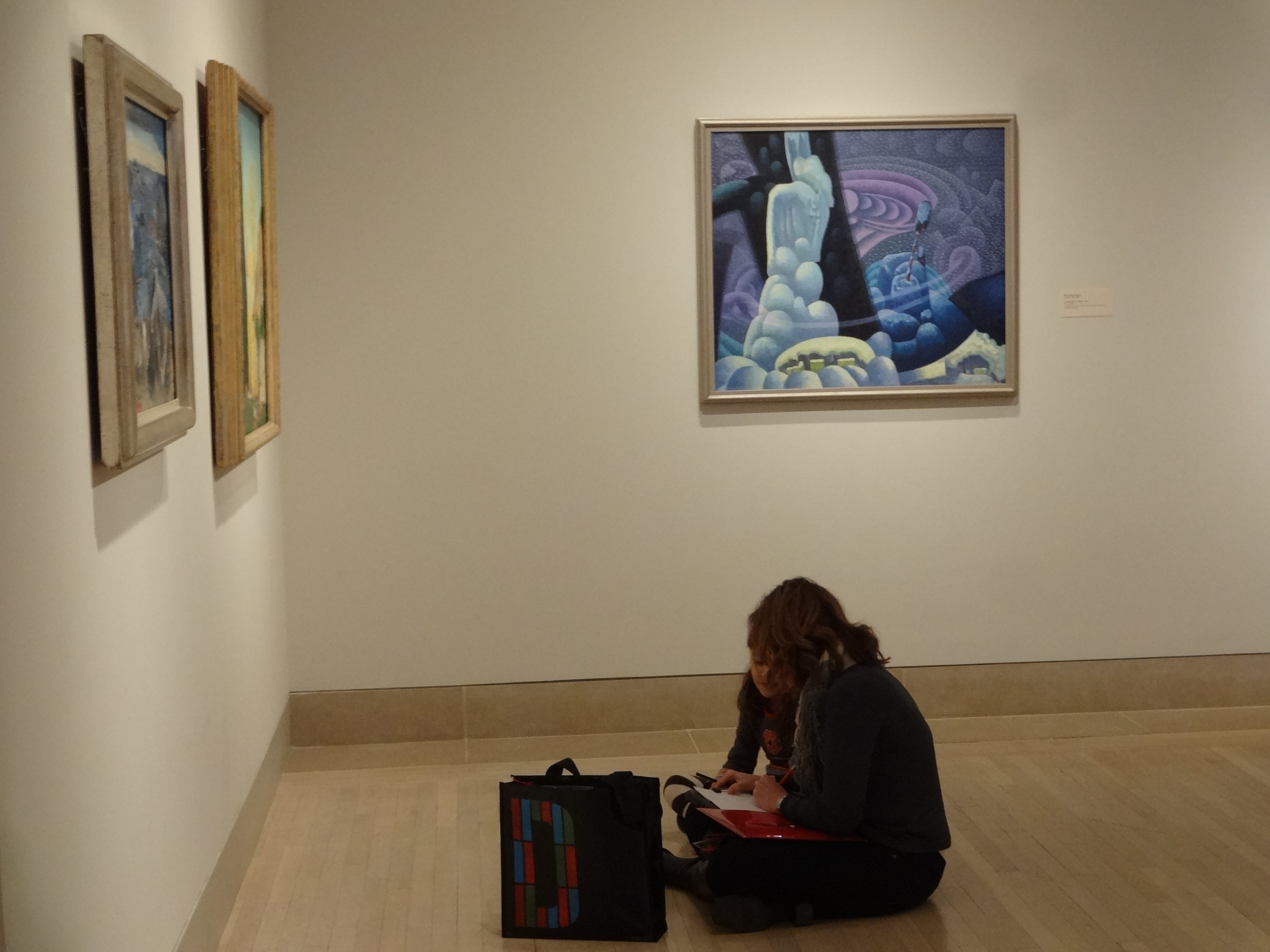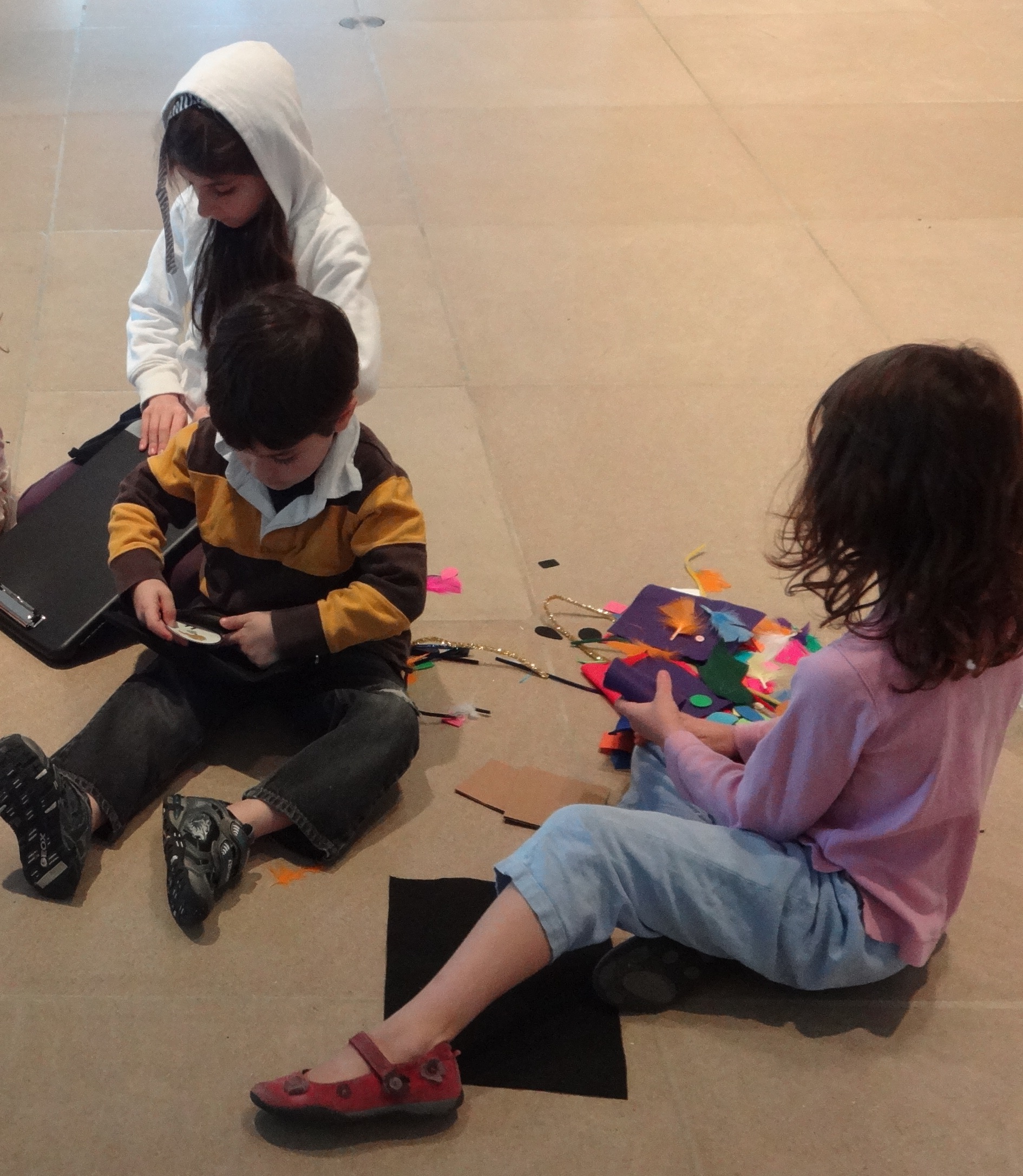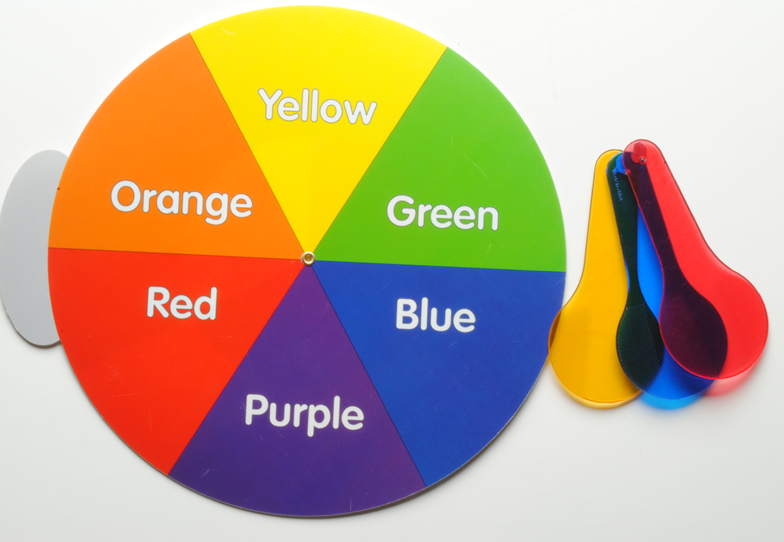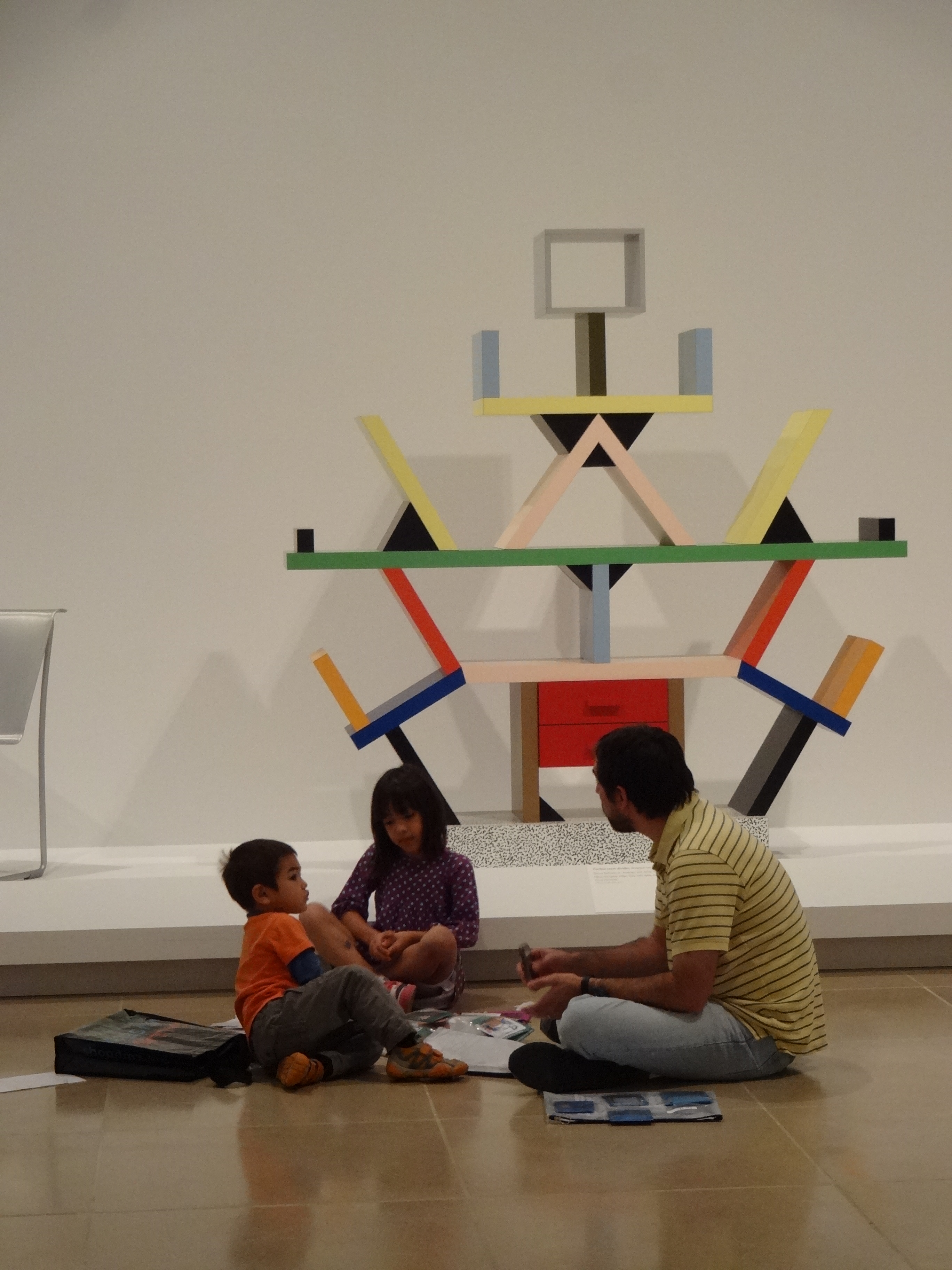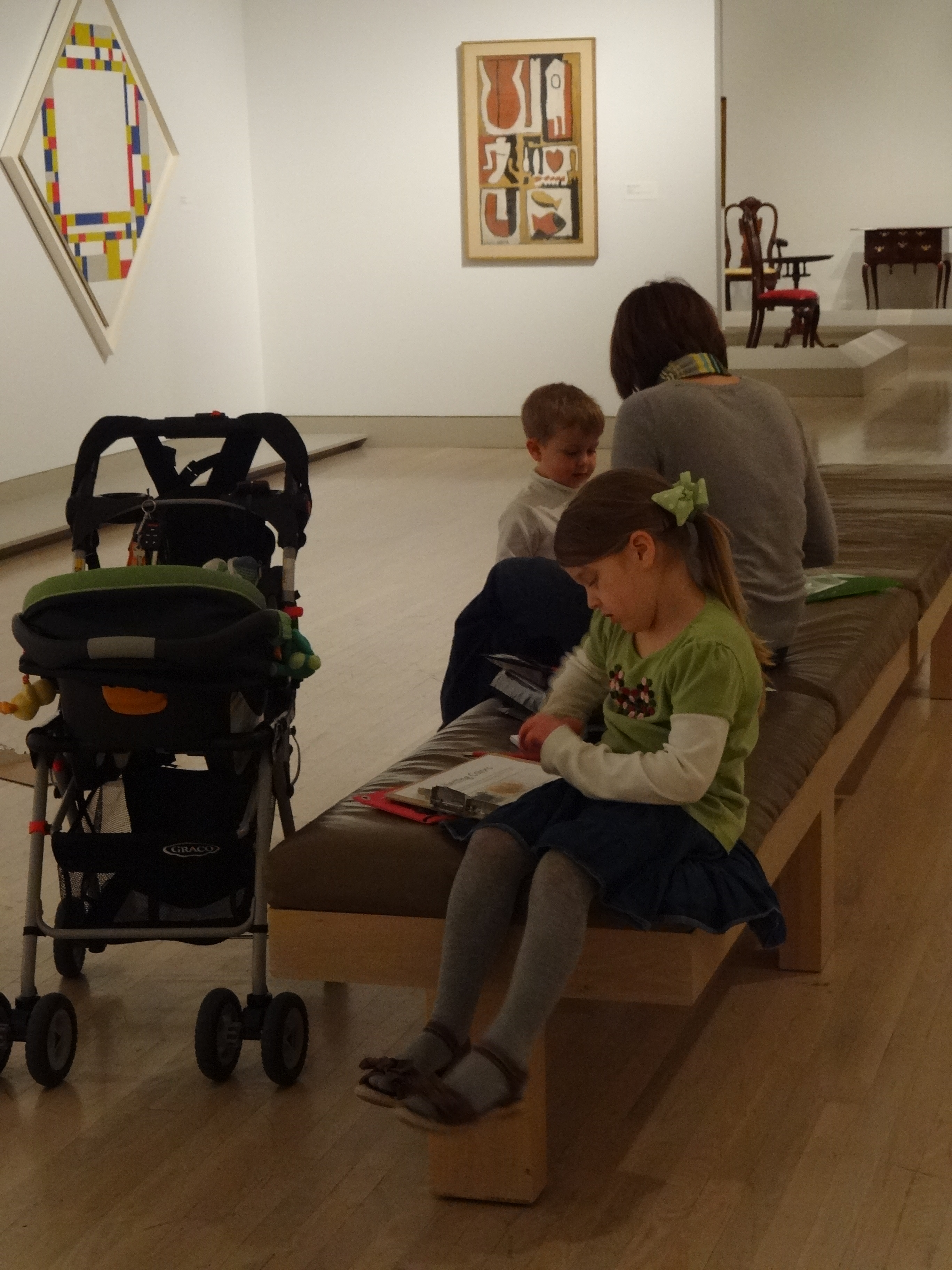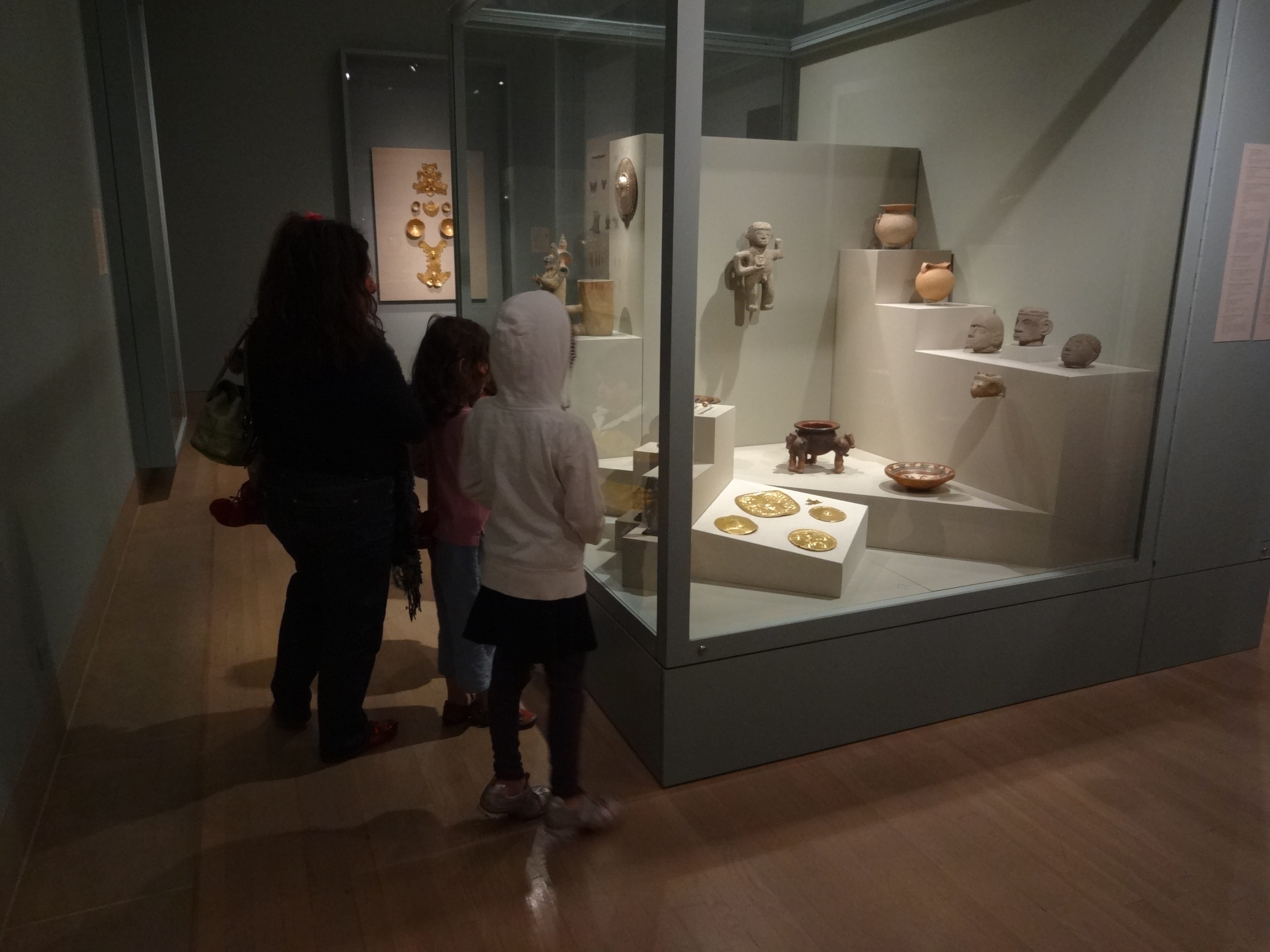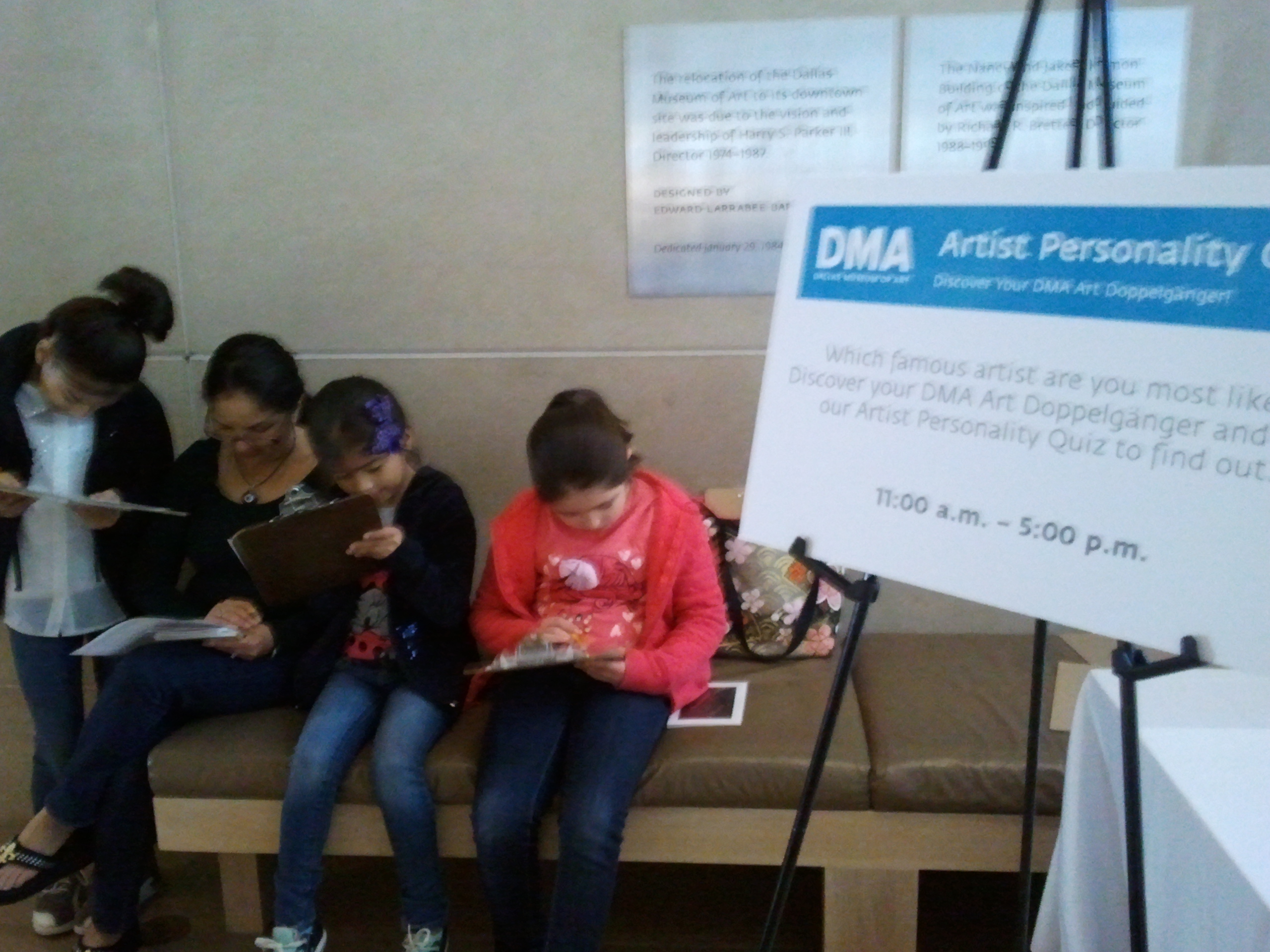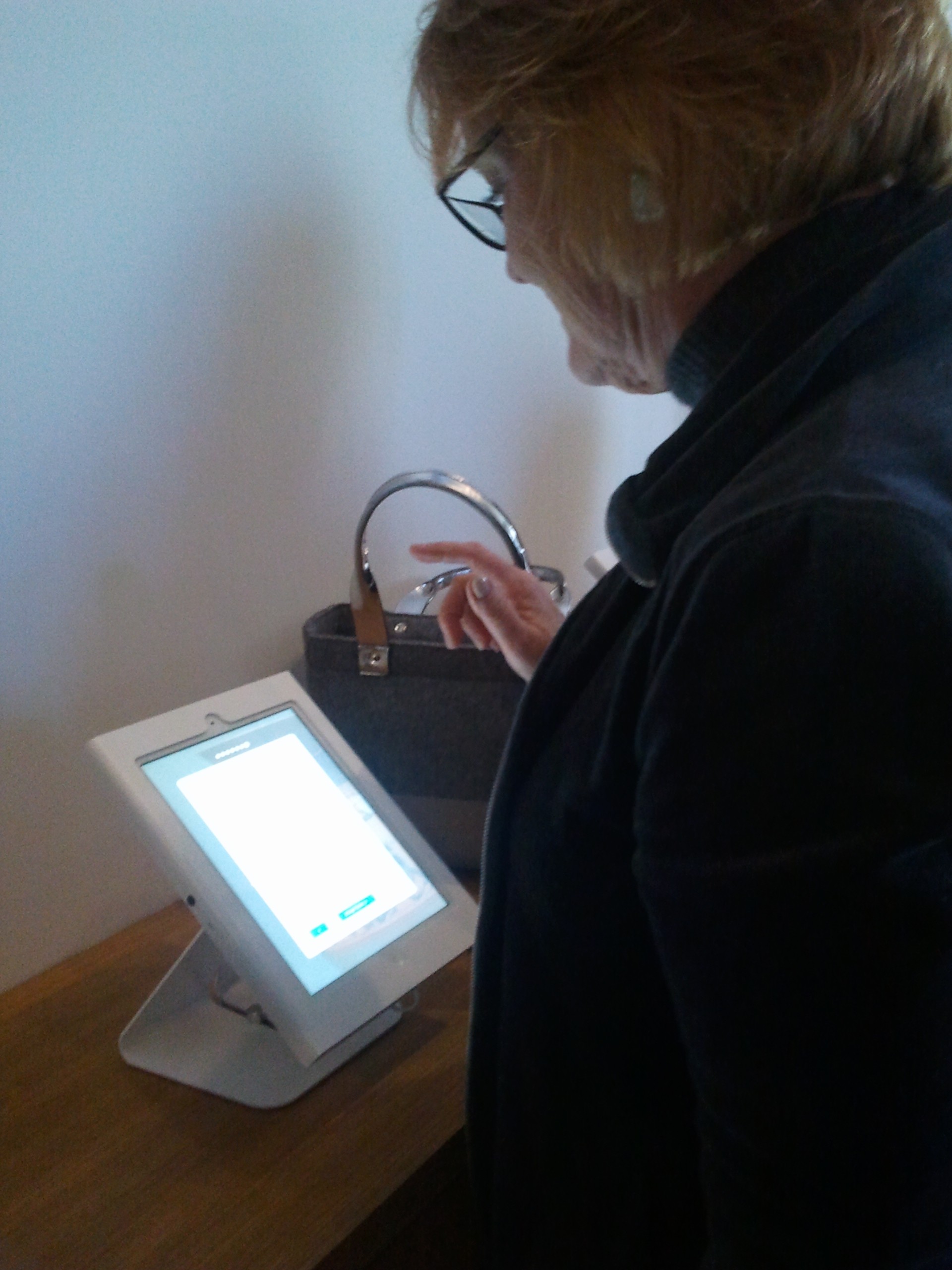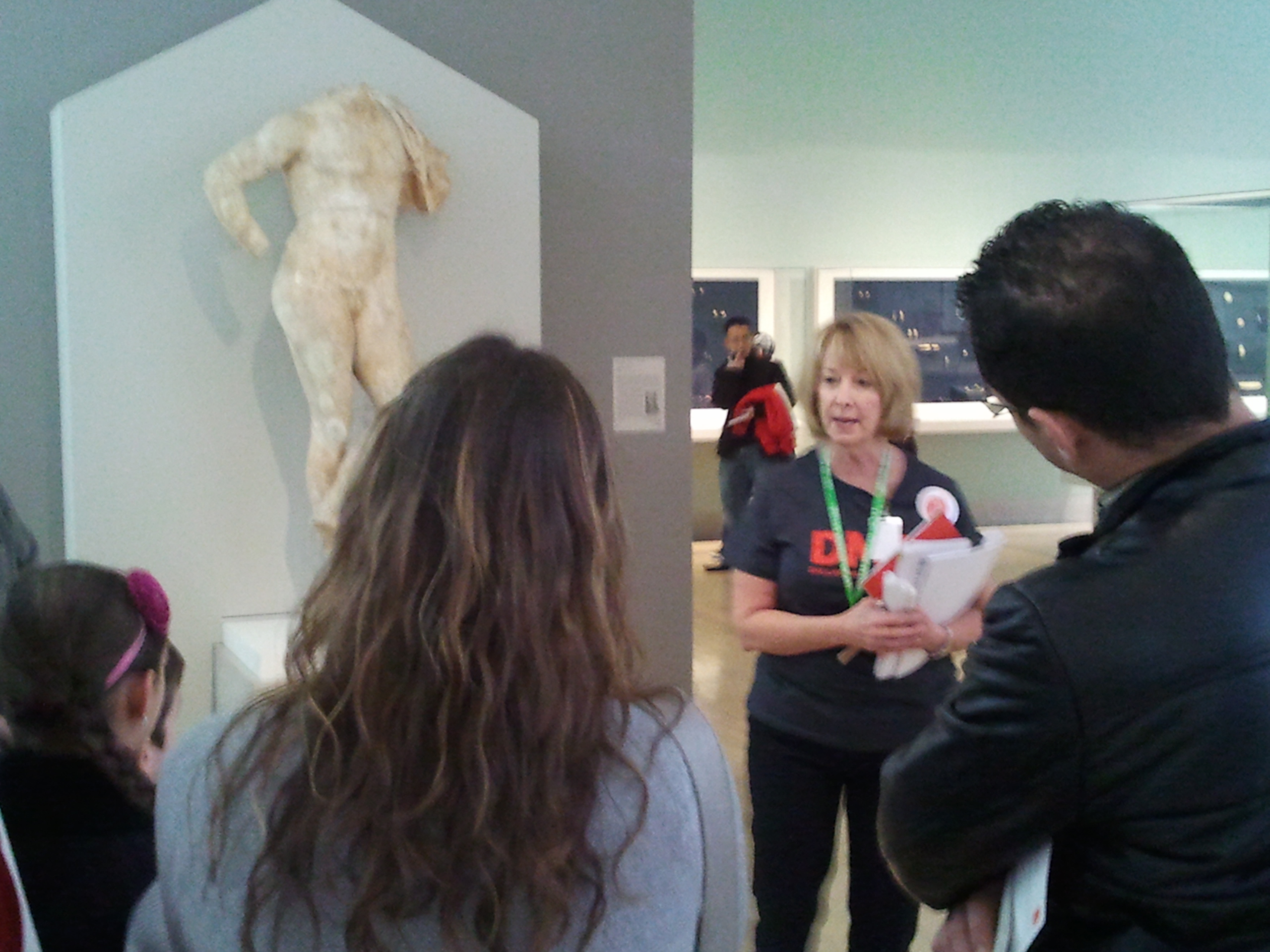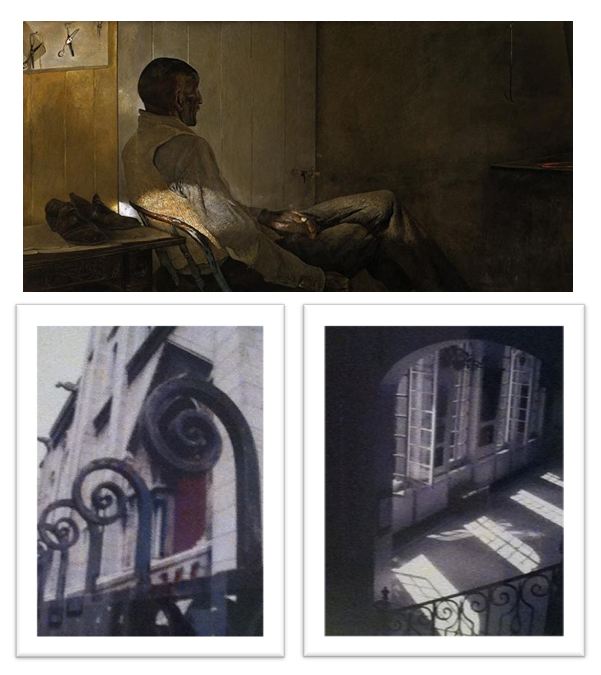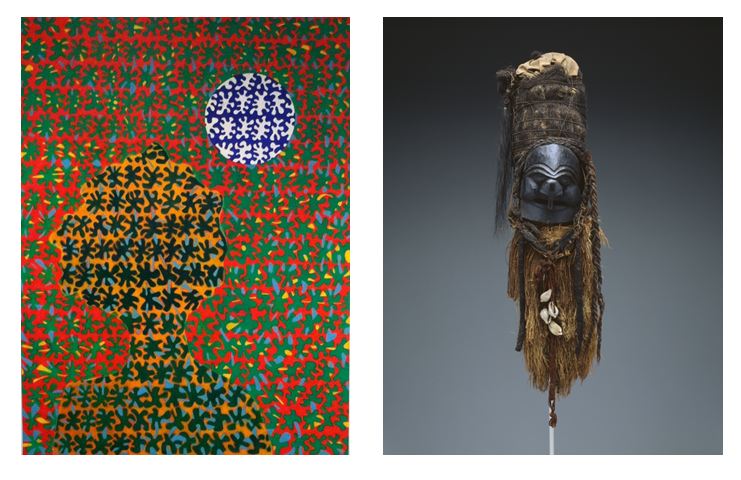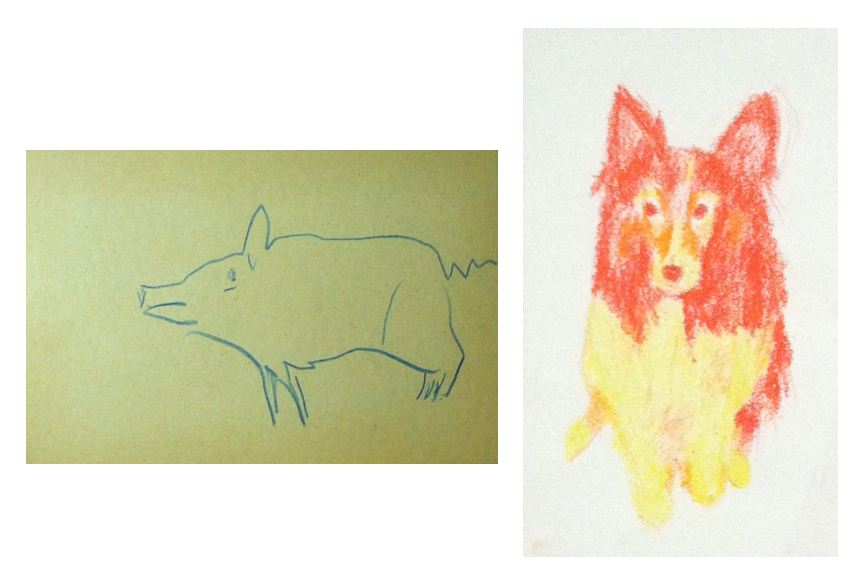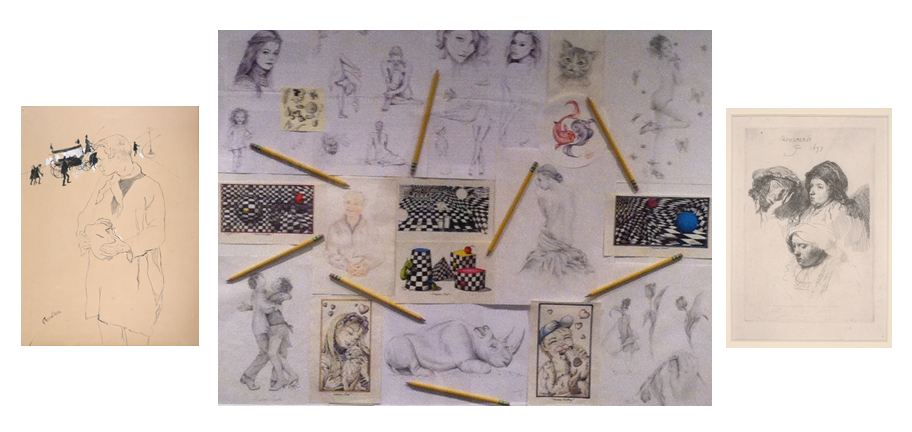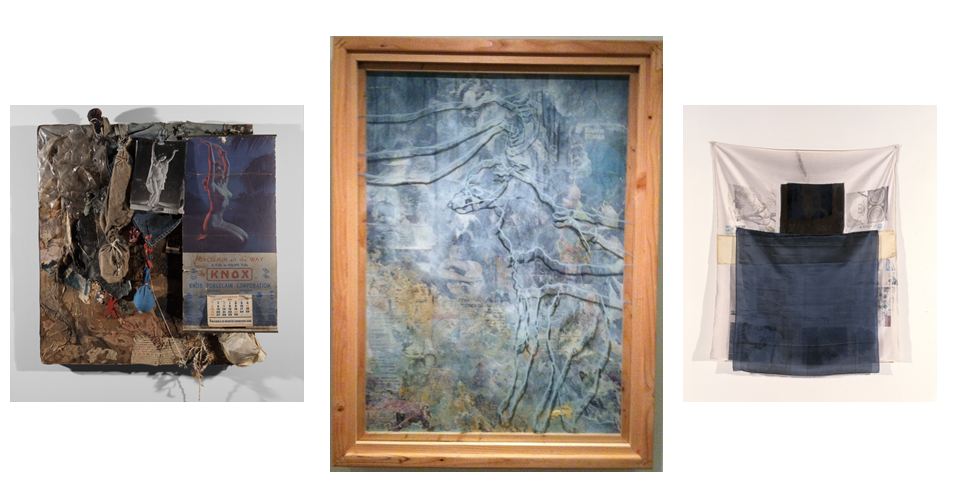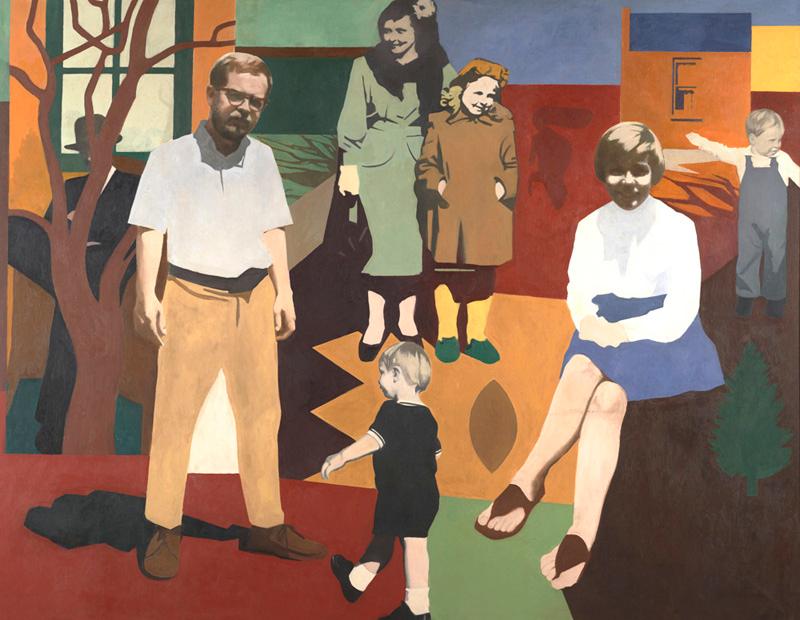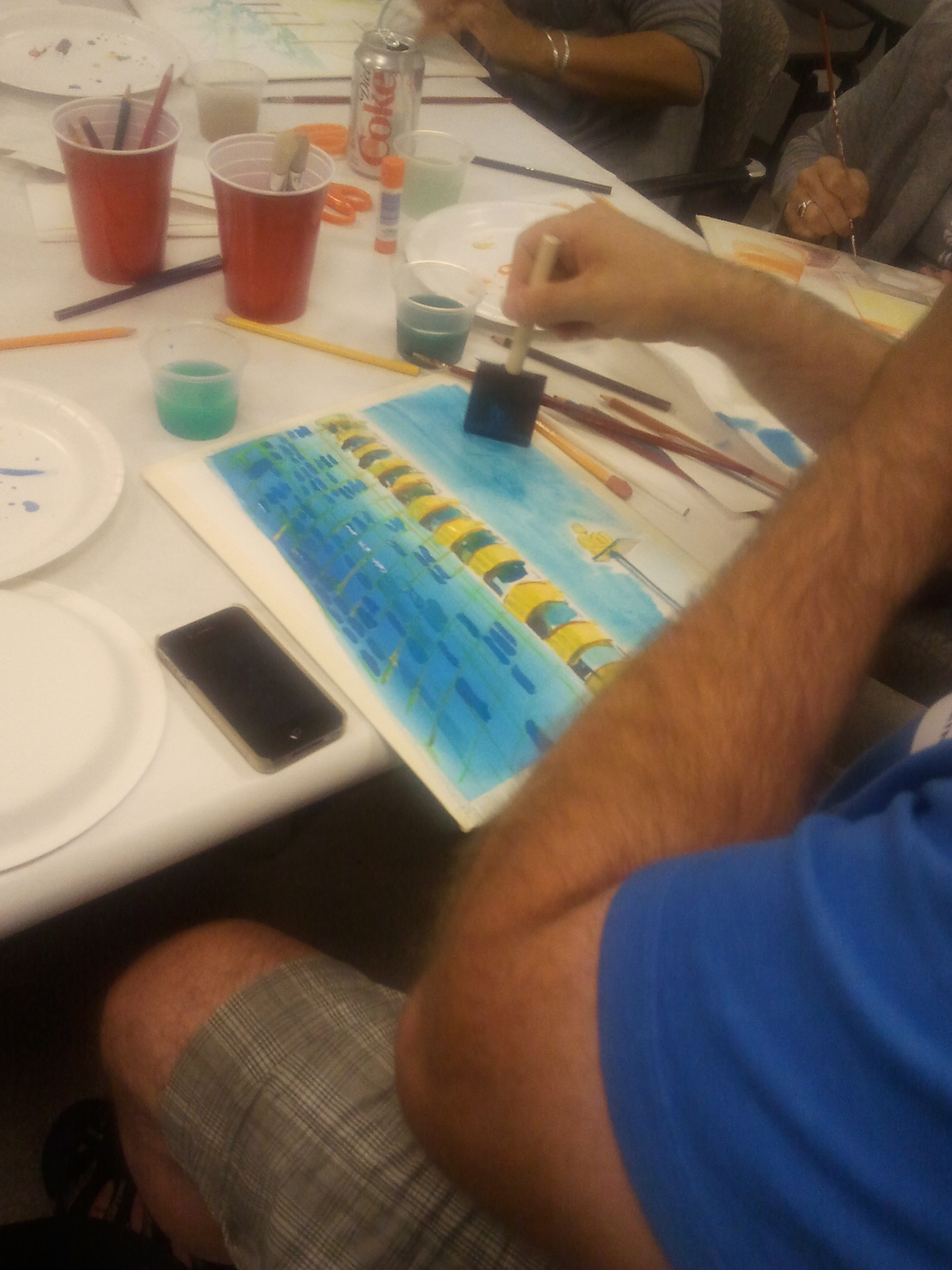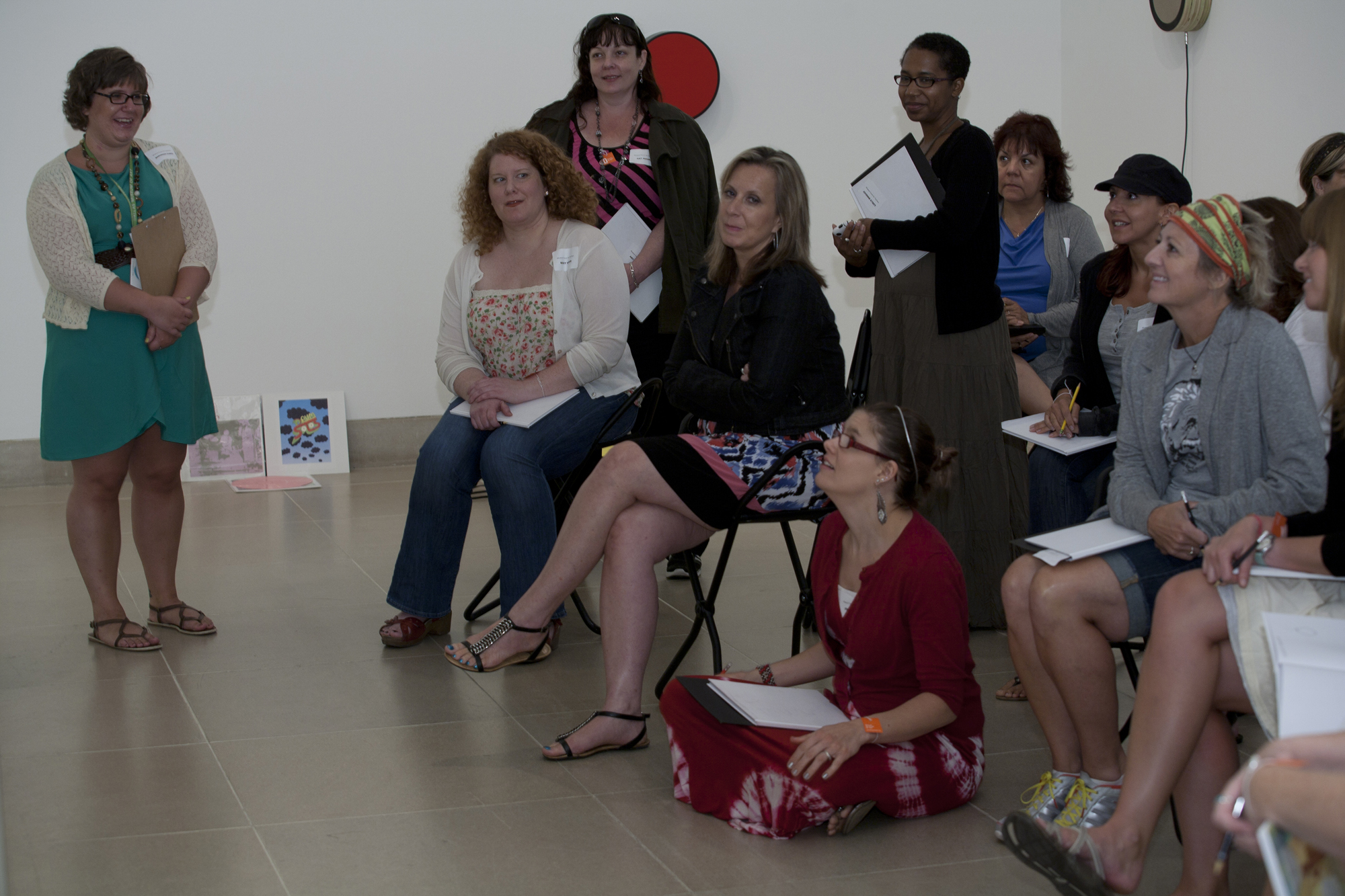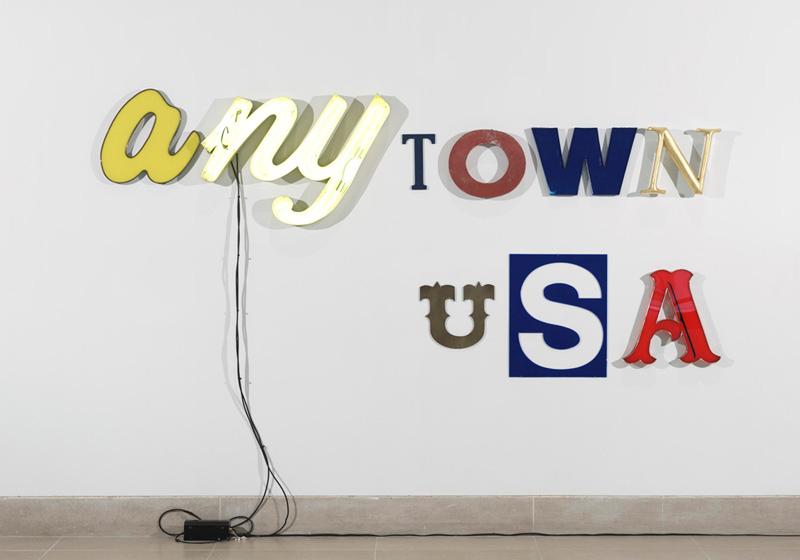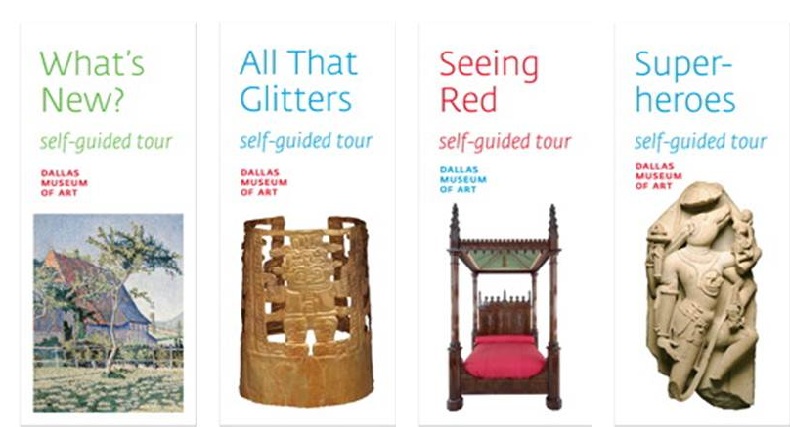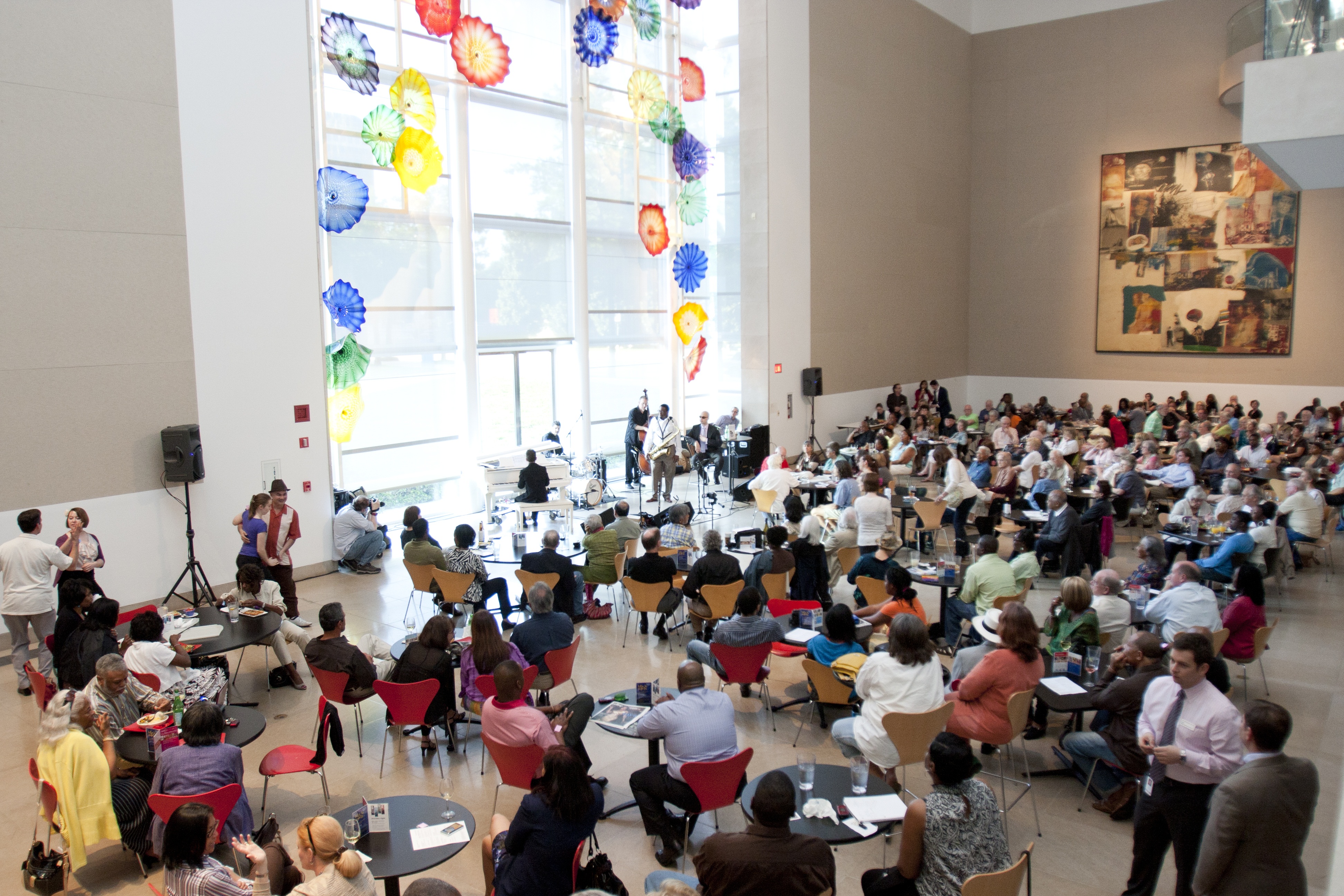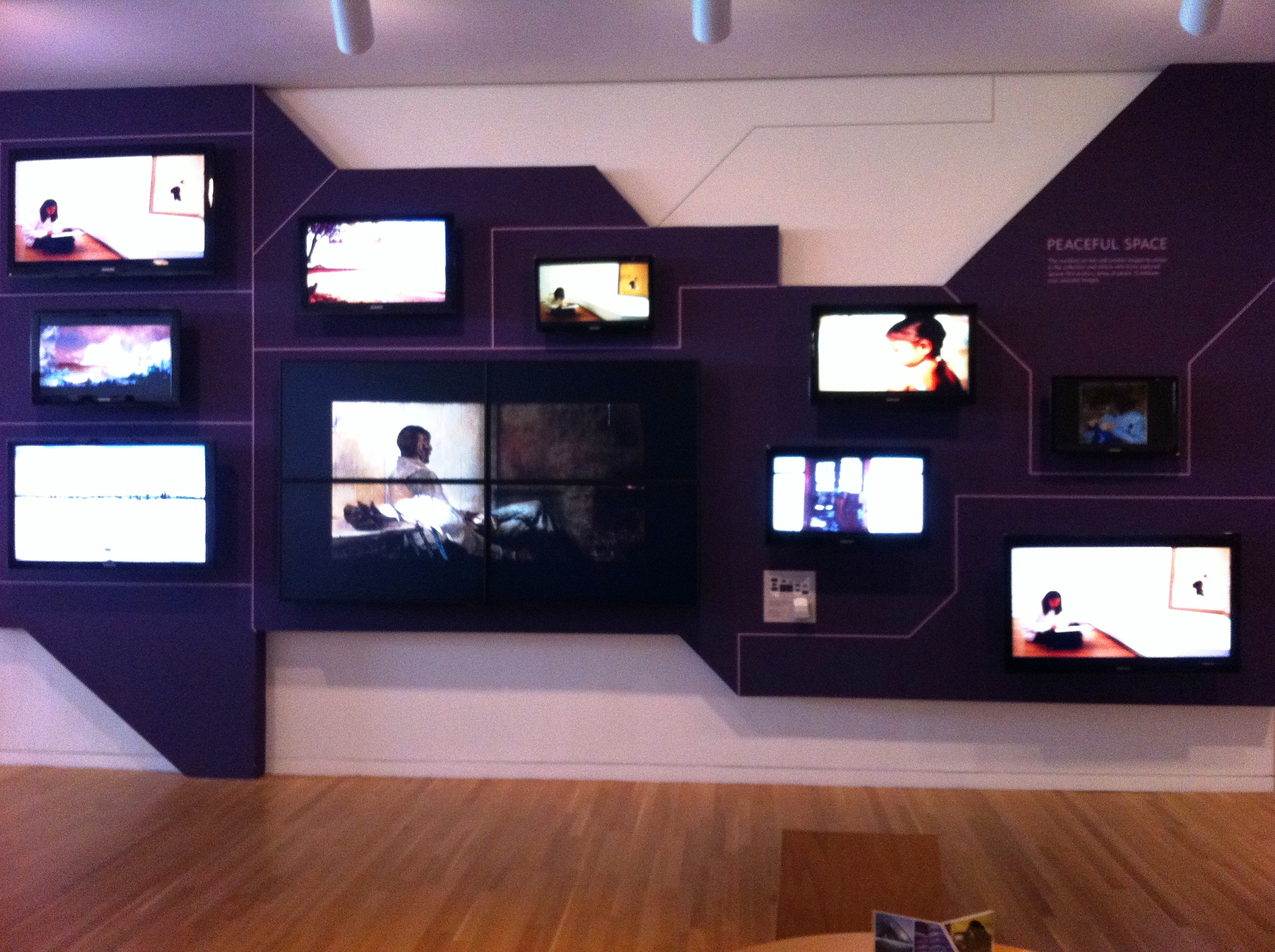The DMA, in partnership with the Perot Museum of Nature and Science, is a proud recipient of a 2013 IMLS Learning Labs in Libraries and Museums Grant! This grant is for the planning and design of a joint, media-based Learning Lab for middle and high school students to collaborate, create, and connect with peers, experts, and mentors in an environment that is comfortable, social, and cutting edge. One of only twelve projects to receive funding this year, ours will examine the question, “Where do art and science intersect?”
The most exciting part is that the entire project–from its design to its programs–will largely be teen-generated. In addition to getting feedback from local teens, a teen council will be formed that will work directly with Museum staff to shape a more specific vision and plan for the Lab. It will be especially interesting to hear the specific aspects of art and science teens want to explore.
The Learning Lab will be informed by research on teen participation in new media such as the concept of HOMAGO (Hanging Out, Messing Around, Geeking Out). So not only will teens be able to participate in programs centered around issues that interest them, they will also be able to experiment, tinker, and learn on their own using state of the art media tools in the areas of audio, film/video, drawing, photography, communication/writing, and design.
All of this represents an exciting shift in the way we think about our audiences and it’s our hope that the Lab truly gives teens a sense of ownership in the DMA and the Perot. Having them generate their own content instead of participating in what we think they want is a concept that’s at once scary and exhilarating; but above all, it’s one that’s long overdue.
The Learning Lab Team is just beginning the planning phase of the project, so we will post updates as our ideas grow and develop. In the meantime, check out the Chicago Public Library’s YOUmedia, an amazing Learning Lab example. And tell us what you think–where do art and science connect? What types of programs involving the two would you want to see?
JC
C3 Program Coordinator

